As of November 2025, the narrative surrounding stablecoins has dramatically shifted from a niche cryptocurrency utility to an impending cornerstone of the global financial system. Recent discourse, including insights from economists and financial strategists, underscores a growing consensus: stablecoins are not just here to stay, but their full integration into traditional banking operations is becoming an inevitability. This evolution marks a significant inflection point, promising to reshape payment rails, interbank settlements, and the broader landscape of digital finance.
The Maturing Role of Digital Fiat
Initially conceived as a refuge from crypto volatility, offering a peg to fiat currencies like the US dollar, stablecoins have matured far beyond their original purpose. They have proven their utility in facilitating efficient cross-border remittances, powering decentralized finance (DeFi) protocols, and providing essential liquidity within digital asset markets. Their inherent advantages—speed, lower transaction costs, and 24/7 accessibility—have caught the attention of not just innovators but also traditional financial institutions grappling with legacy infrastructure challenges.
- Remittance Efficiency: Stablecoins significantly reduce the time and cost associated with international money transfers, bypassing traditional correspondent banking networks.
- DeFi Backbone: They serve as the primary medium of exchange and collateral within decentralized lending, borrowing, and trading platforms.
- Market Stability: During periods of high volatility in the broader crypto market, stablecoins offer a reliable haven for investors seeking to de-risk without exiting the digital asset ecosystem entirely.
Bridging Traditional Finance and Blockchain
The push for stablecoin integration into mainstream banking reflects a strategic effort to harness blockchain’s efficiency without inheriting the volatility of other cryptocurrencies. Banks are increasingly exploring stablecoins for a variety of use cases, from speeding up interbank settlements to enabling tokenized deposits and facilitating instant corporate treasury management. The ability to settle transactions in real-time, drastically reducing settlement risk and operational overhead, presents a compelling economic argument for adoption.
This integration is envisioned through several key mechanisms:
- Tokenized Deposits: Banks issuing their own stablecoins or tokenized representations of customer deposits, enabling instant settlement within their network or across approved participants.
- Interbank Settlement: Using stablecoins as a common settlement layer between financial institutions, offering a faster and more transparent alternative to current systems.
- Cross-Border Payments: Leveraging stablecoins for corporate and retail international payments, significantly cutting down on delays and intermediate fees.
Regulatory Imperatives and Banking Adoption
For stablecoin integration to fully materialize, robust and clear regulatory frameworks are paramount. Governments and financial authorities globally are increasingly recognizing this necessity, moving beyond initial skepticism towards crafting tailored regulations. Jurisdictions like the European Union with MiCA (Markets in Crypto-Assets Regulation) and ongoing legislative efforts in the United States aim to provide clarity on stablecoin issuance, reserve requirements, and operational standards. This regulatory certainty is crucial for traditional banks, which operate under strict compliance mandates, to confidently engage with digital assets.
Key regulatory focus areas include:
- Reserve Audits: Ensuring that stablecoins are fully backed by secure, liquid assets and are subject to regular, transparent audits.
- Consumer Protection: Implementing measures to safeguard user funds and provide recourse in case of issuer insolvency or operational failure.
- Anti-Money Laundering (AML) / Know Your Customer (KYC): Integrating stablecoin transactions into existing AML/KYC frameworks to prevent illicit financial activities.
Challenges and the Road Ahead
Despite the strong tailwinds, the path to full integration is not without its hurdles. Competition from central bank digital currencies (CBDCs), concerns over systemic risk, and the complexities of interoperability between various blockchain networks and traditional financial systems remain significant challenges. However, the momentum behind stablecoins, driven by their proven efficiency and growing demand for digital payment solutions, suggests that these obstacles will likely be overcome through continued innovation and collaborative policymaking.
Conclusion
The widespread acceptance and integration of stablecoins into the global banking system is no longer a distant prospect but a rapidly approaching reality. As regulatory clarity emerges and financial institutions increasingly recognize their inherent value, stablecoins are poised to become an indispensable layer in the digital economy. Their capacity to enhance efficiency, reduce costs, and foster greater financial inclusion positions them as a pivotal technology for the next generation of global finance.
The post Stablecoins: The Inevitable Integration into Global Banking and Finance appeared first on FXcrypto News.











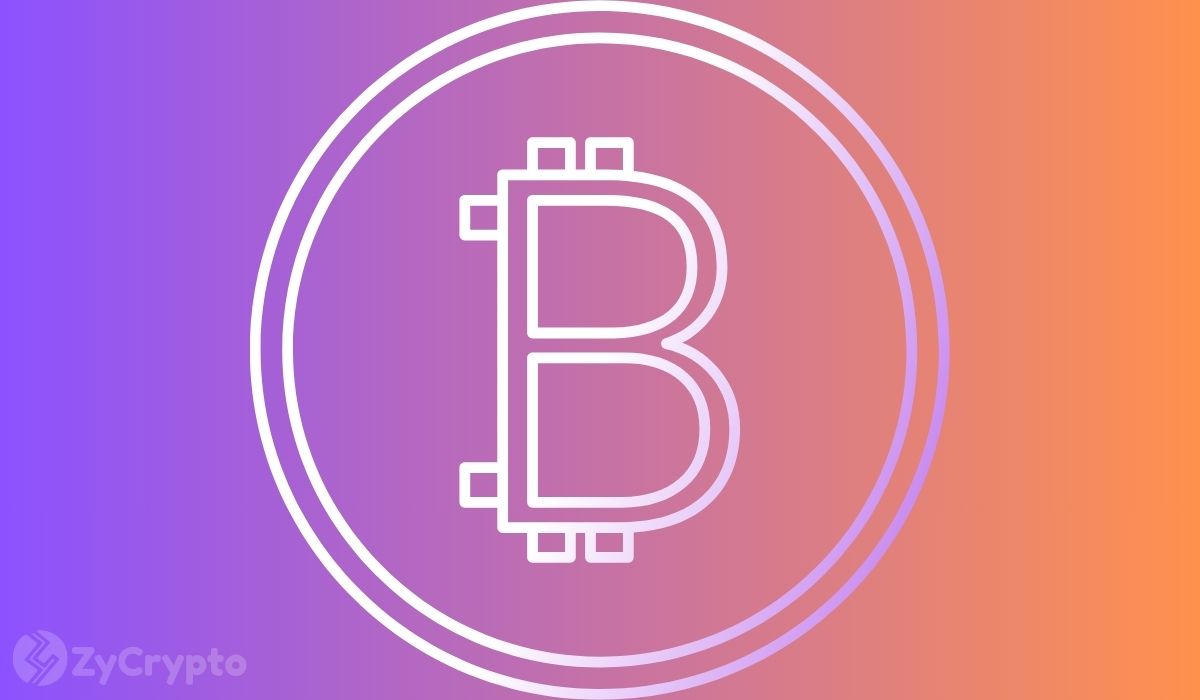
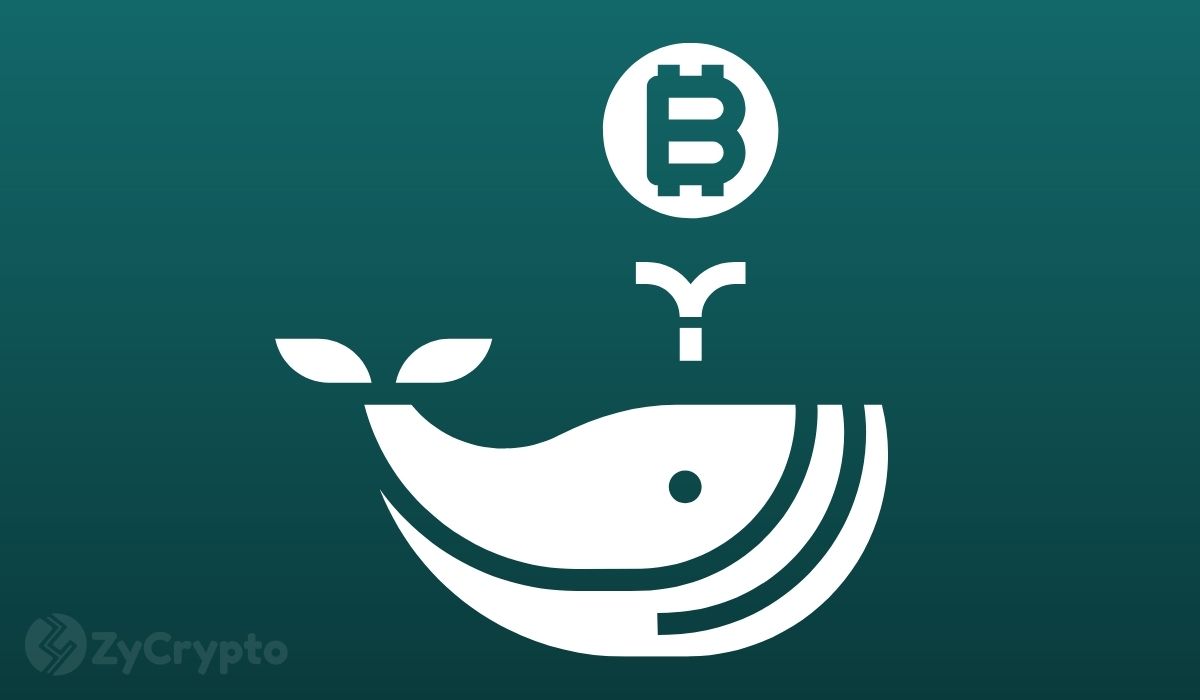


 24h Most Popular
24h Most Popular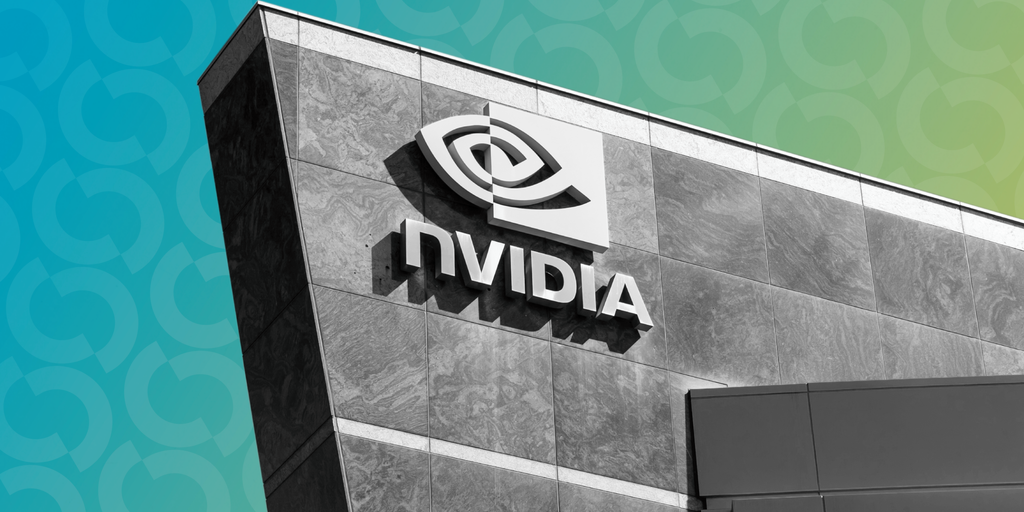
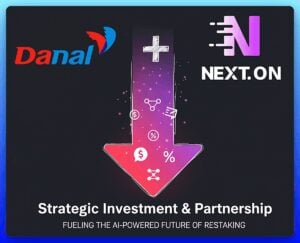



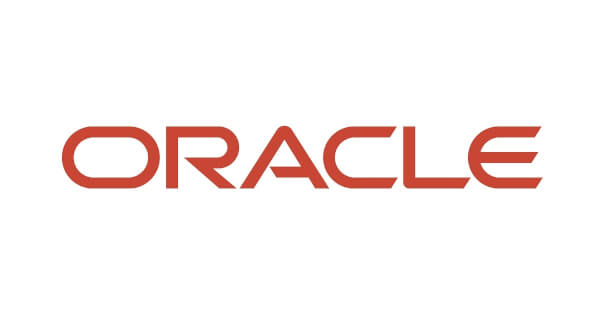


 Utilities
Utilities